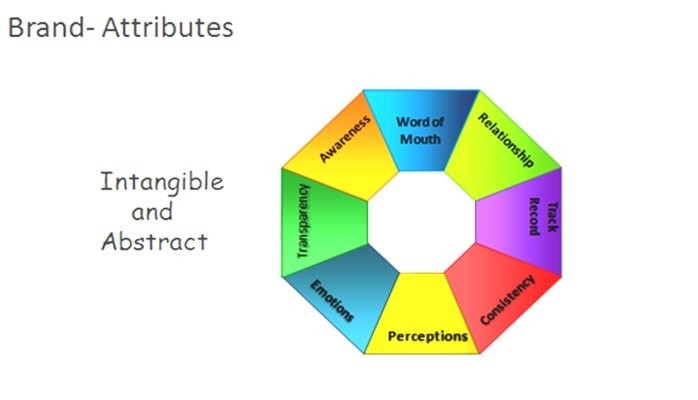Lenovo thought it knew how to tax tarnished Brands- Then it bought Motorola” – Success with IBM deal, lead Chinese firm to underestimate difficulty of reviving the smart phone company. “We didn’t know each other “- quote, Unquote from Wall Street Journal. What is different in the 2 deals that warrants a unique approach to ensure that the expected outcome is delivered quickly, efficiently and effectively? After all, every deal is unique and the challenges to success cannot be overshadowed by the aura of success from a previous deal
What were the critical success factors to derive the expected #Brandsynergy?
Talking of Lenovo -IBM deal- Lenovo have a great story to tell about how a PC maker that had built a strong market leadership in homeland China, went International through the IBM deal in 2005. To quote the words of Mr. Yang, CEO of Lenovo when they acquired IBM, “it is the story of a snake swallowing an elephant”. In this case, when Lenovo bought the PC division of IBM, Lenovo would be riding high on the Iconic Brand value of the IBM ThinkPad and their advanced PC manufacturing technology .Although the PC division Of IBM was losing money heavily then against pricing policies of Dell and HP, the only reason for that situation was that the PC division was no longer a core business for IBM that had set out to focus on the more lucrative high end Server business and IT services. So, in this deal, Lenovo had a very clear vision on how it would leverage on the brand of IBM, their R&D resources, their global sales and distribution channels and also the operational teams to become the # 1 player in the PC business. Clearly, they were on known track to achieve not just revenues but also internationalization objectives.
On the other hand, in Lenovo-Motorola mobility deal, the expected outcome for Lenovo from the deal was to become #3 Smartphone company, the most prominent competitor to Apple and Samsung. Lenovo had strong leadership in home market in China but Lenovo’s market share in US was Zero and were struggling to get into Europe and US markets. Motorola at the other end, were pioneers in Smartphone business and had forged multi-decade long and strong relationships in the US market. However, at the time when Lenovo acquired it, they had already lost Brand positioning and premium pricing in the recent years, given the strategy of Google behind the acquisition of Motorola that was rather patent protection oriented as opposed to inorganic growth and so the Motorola Brand positioning had suffered a setback along the way. So, very different from the earlier deal, Brand revival would be the single most important challenge before the expected outcome from the deal could be achieved. One way of doing this would be to leverage on the stronger Lenovo Brand who by then had gained top positioning in the PC segment post the IBM deal.
What has been the Marketing strategy?
In the IBM-Lenovo deal, Lenovo pursued a very articulate strategy whereby they would leverage on IBM’s global distribution system in the Enterprise PC segment. Alongside, Lenovo were also monetizing on its own Brand value as a Personal Computer brand which had drawn great recognition already in China and across Asia. The marketing strategy clearly in this case was defending well-built US and Europe markets of the ThinkPad brand while at the same time further strengthening foothold and presence in China and other emerging markets by their own right and brand value.




